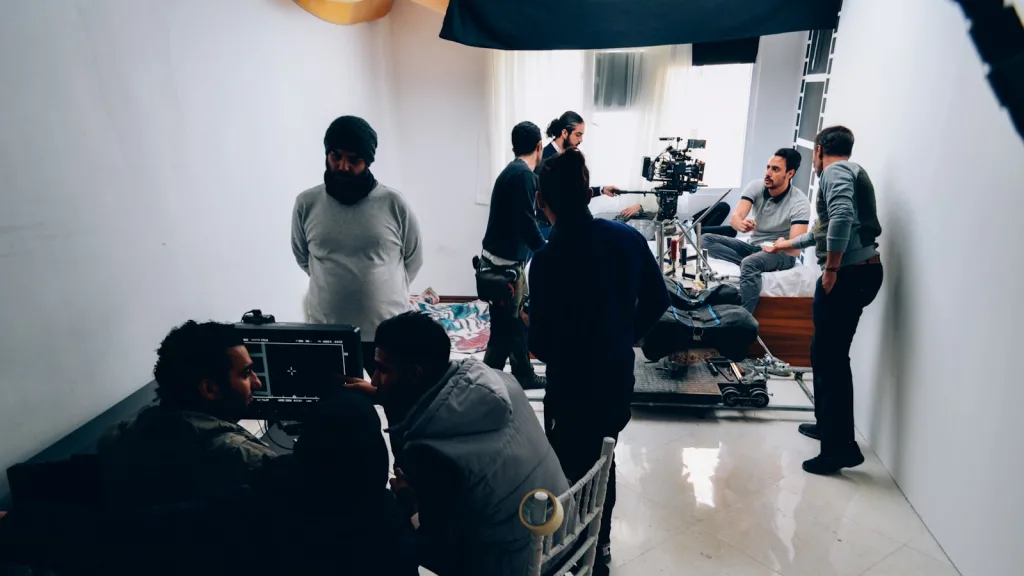
The film industry is continuously evolving, with new technologies and creative approaches transforming how movies are made and consumed. This article provides a comprehensive overview of the latest innovations in filmmaking, from cutting-edge camera technology to advanced post-production software, and explores how these advancements are reshaping the cinematic landscape.
1. Virtual Production
Revolutionizing Filmmaking with Real-Time Rendering
- Overview: Virtual production, led by technologies such as Unreal Engine, allows filmmakers to create detailed, interactive sets digitally. Movies like “The Mandalorian” have utilized this technology to blend physical and CGI elements seamlessly, significantly reducing location shooting costs and enhancing visual storytelling.
- Impact: This innovation not only streamlines the production process but also opens up new creative possibilities, enabling directors to make real-time changes to digital environments during shooting.
2. High Frame Rate (HFR) Cinema
Enhancing Visual Clarity and Realism
- Technology: High frame rate cinema captures more frames per second than traditional film speeds, offering clearer and more lifelike motion. Films like “Gemini Man” have experimented with rates as high as 120 fps.
- Viewer Experience: While HFR provides unparalleled sharpness and fluidity, it also challenges traditional cinematic aesthetics, leading to mixed audience reactions.
3. Advanced VFX and Animation Software
Pushing the Boundaries of Reality
- Developments: Software advancements in VFX and animation, such as Houdini 18.5 and the latest Adobe After Effects updates, are allowing for more complex and realistic effects to be created more efficiently.
- Applications: These tools are crucial for creating visually stunning sequences in genres heavily reliant on special effects, such as sci-fi and fantasy.
4. AI in Filmmaking
Automating Editing and Sound Design
- Innovations: AI technologies are being integrated into film editing and sound design, automating routine tasks like syncing audio to video, editing dialogue, and even suggesting edits.
- Implications: AI can significantly speed up the post-production process and allow human editors and sound designers to focus on more creative aspects of their work.
5. 3D Printing in Costume and Set Design
Customizing Props and Wardrobes Efficiently
- Use Cases: 3D printing technology is increasingly used to produce custom props, costumes, and set pieces, providing a cost-effective solution for intricate design elements.
- Benefits: This method not only reduces production costs but also lowers the environmental impact by minimizing waste.
6. Streaming and Distribution Innovations
Changing How Films Reach Audiences
- Trends: The rise of streaming platforms like Netflix and Disney+ is changing distribution models. These platforms are investing heavily in original content and experimenting with simultaneous releases in theaters and online.
- Future Outlook: This shift is likely to continue post-pandemic, with potential long-term impacts on movie theaters and global distribution strategies.
Conclusion
These innovations are shaping the future of filmmaking, enhancing the ways stories are told and experienced. As technology continues to advance, the film industry must adapt to these changes, balancing the benefits of new tools with the timeless art of storytelling.
